Is affordable excellence a myth, or is it there for the taking? Terry Doe investigates
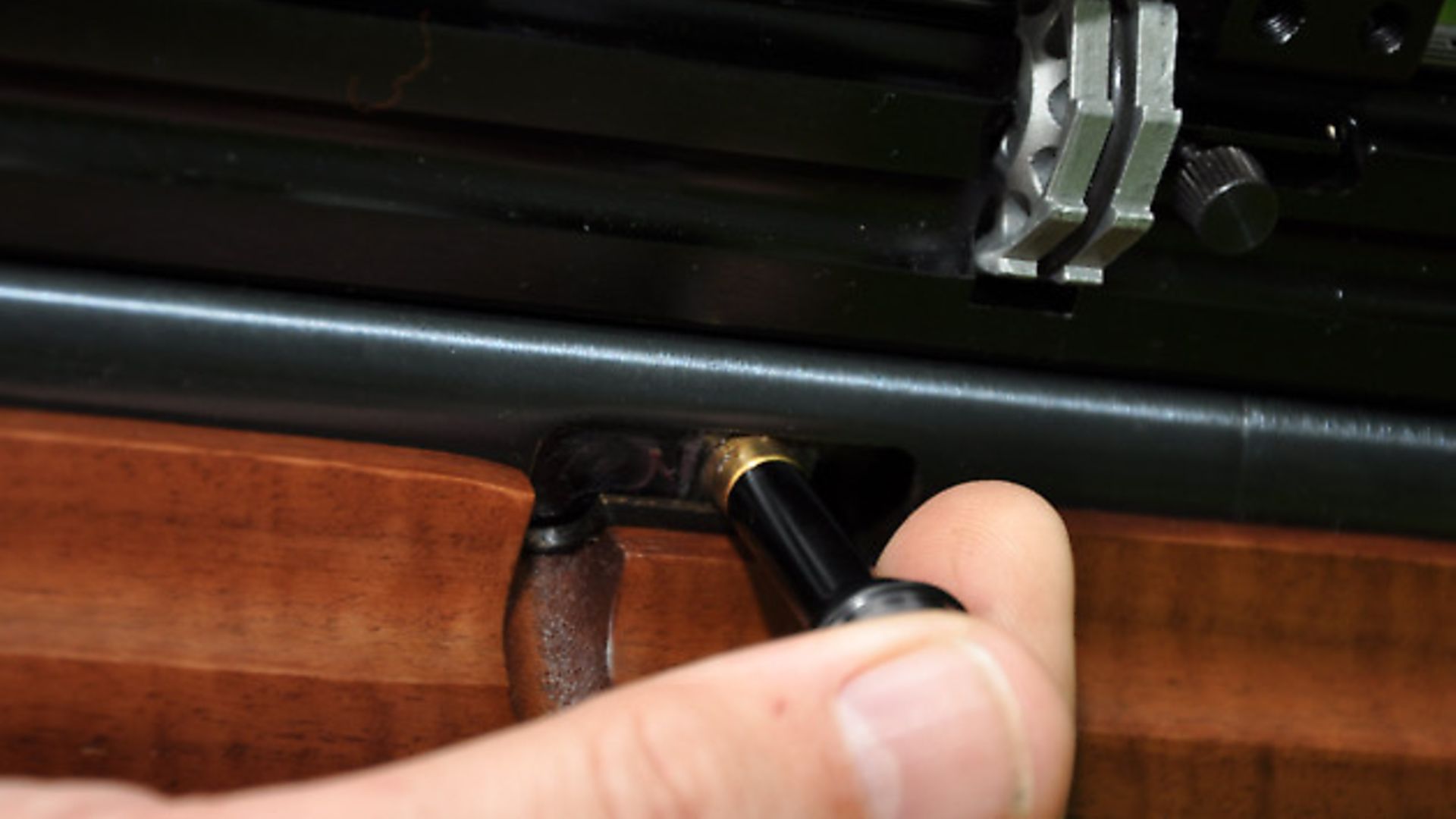 credit: Archant
credit: Archant
Like so much of Airgun World content these days, this review was prompted by feedback from the readership. Hundreds have sent in ‘Have Your Say’ forms, so keep them coming, and at least a dozen of you have requested an investigation into the viability of high-performance shooting for affordable cost.
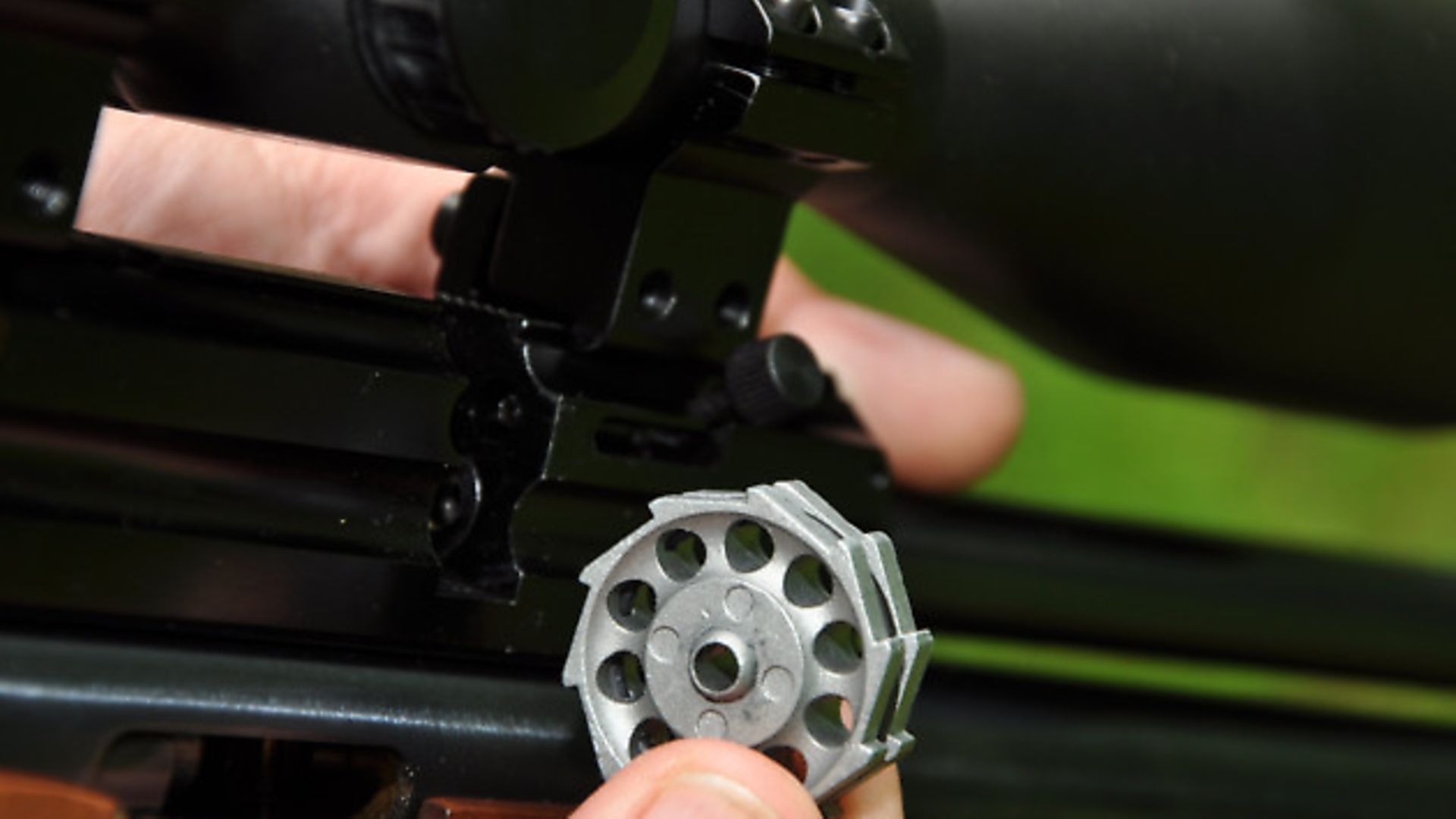 credit: Archant
credit: Archant
Now, it’s a fact that one person’s ‘affordable’ is another’s ‘you must be dreaming!’ but we have to start somewhere, and I’ve started with a Webley Raider 10XS and silencer, fitted with a Nikko Stirling Nighteater 2.5-10 x 42 mil-dot scope and Nikko Stirling mounts. This whole outfit retails at £556.86, and to that could be added the cost of a gun bag and charging device, should you be starting from scratch.
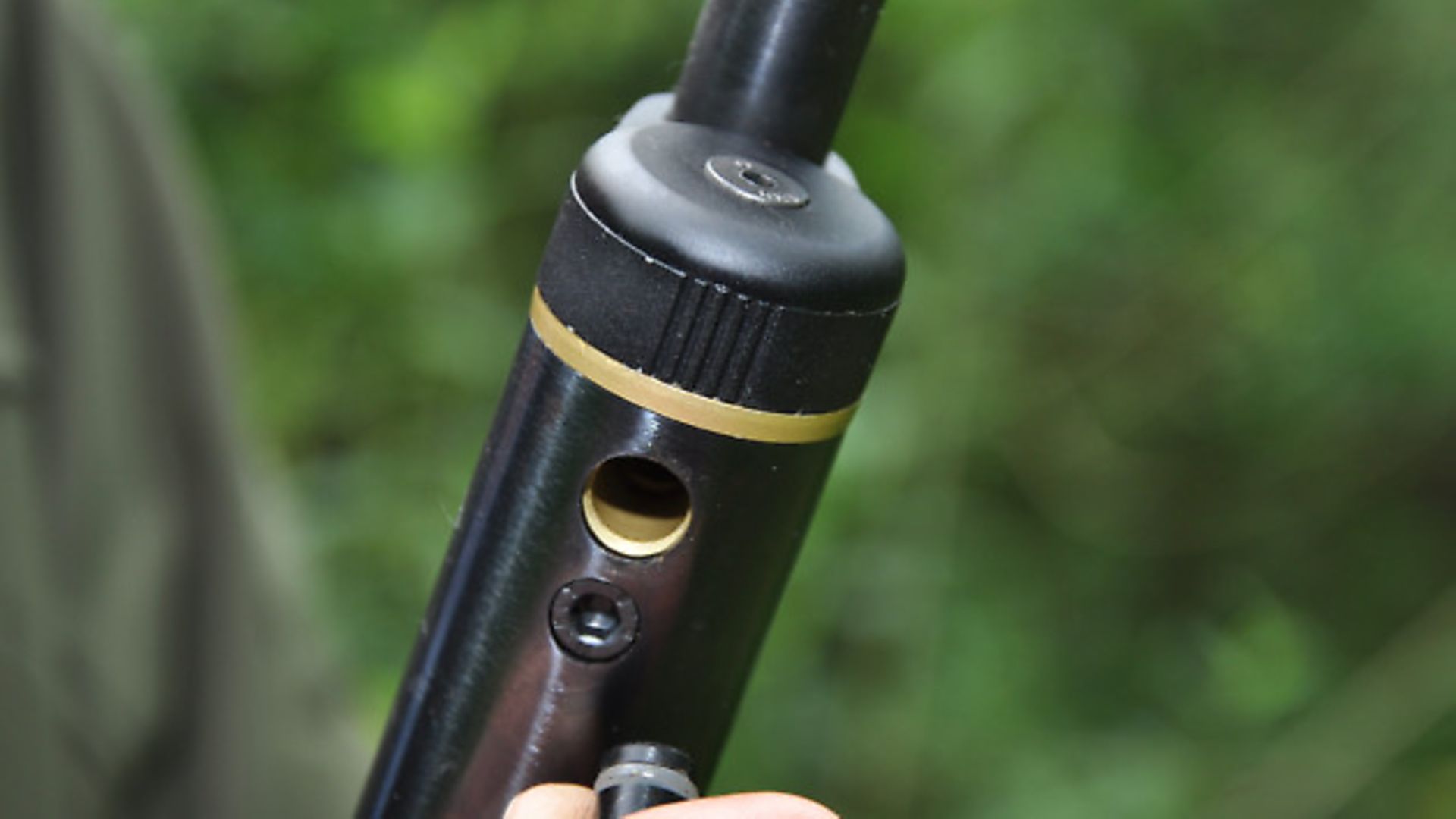 credit: Archant
credit: Archant
Right away, I know I’m going to get some serious incoming along the lines of ‘Over 550 quid! That’s more than I paid for my house …’ or something similar. I truly understand that line of thinking, but I’d also like to temper the outrage by referring to the cost of other sports, and remember, we’re talking about top-level performance, here, not simply getting involved.
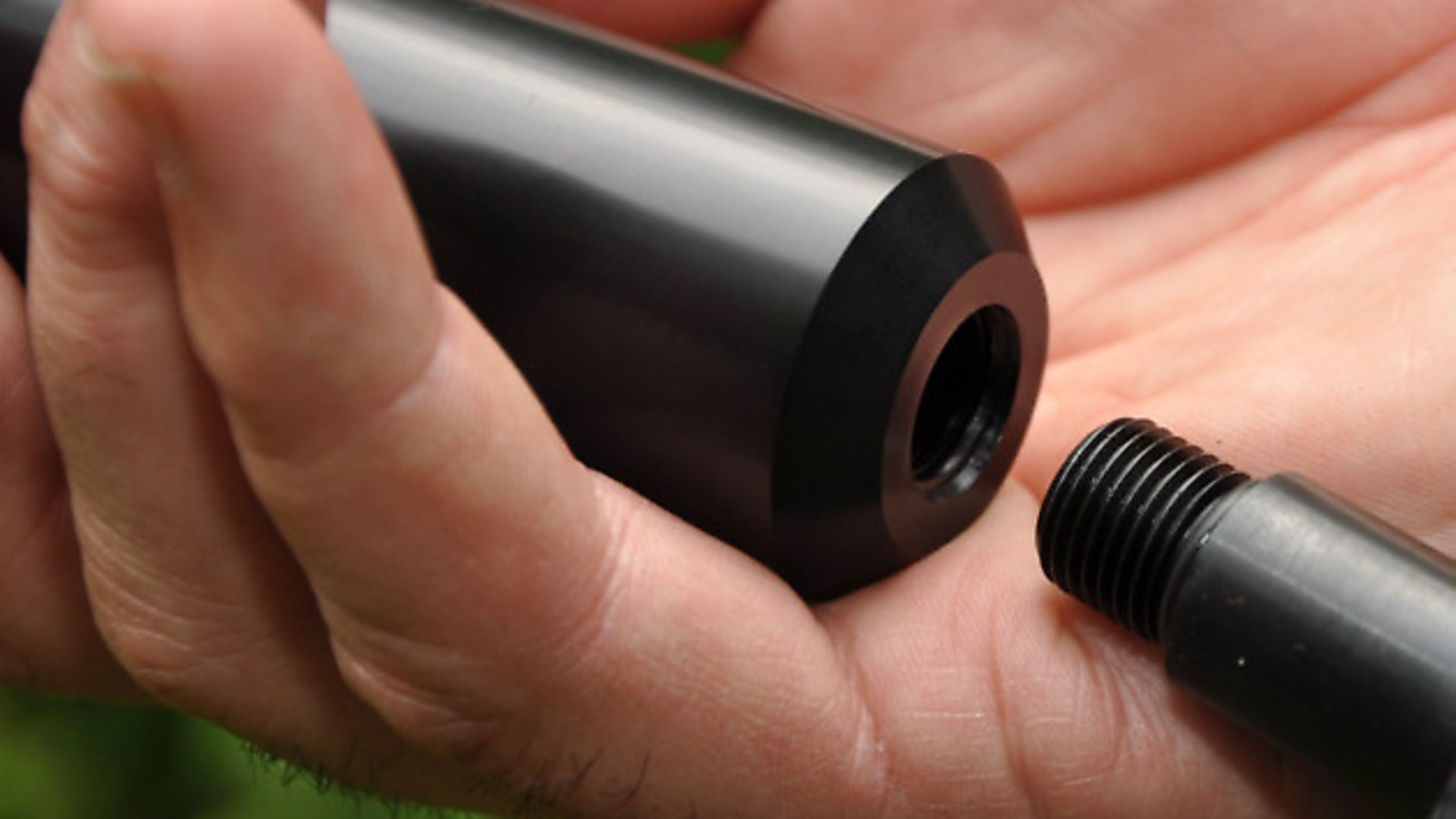 credit: Archant
credit: Archant
For instance, two of my other passions are fishing and toodling about on a mountain bike. The most basic of Googles will confirm that £556.86 puts you firmly in the cheap seats as far as mountain bikes are concerned, and these days anglers can pay more than that for a single reel. Similarly, a season ticket for a top Premier League football club won’t leave you much change from the sub-£560 outlay for the featured combo, especially if you want one of the better seats. I’d hate to upset any Arsenal fans out there, but the top ticket for the Gunners is an eye-watering £1955, and the last time the club won anything, I think I had teenage spots. Well, that should guarantee a few letters, shouldn’t it? Anyway, my point is that, unless you want every mechanical whistle and optical bell for HFT or FT, top-level airgunning is relatively cheap; or so I intend to prove.
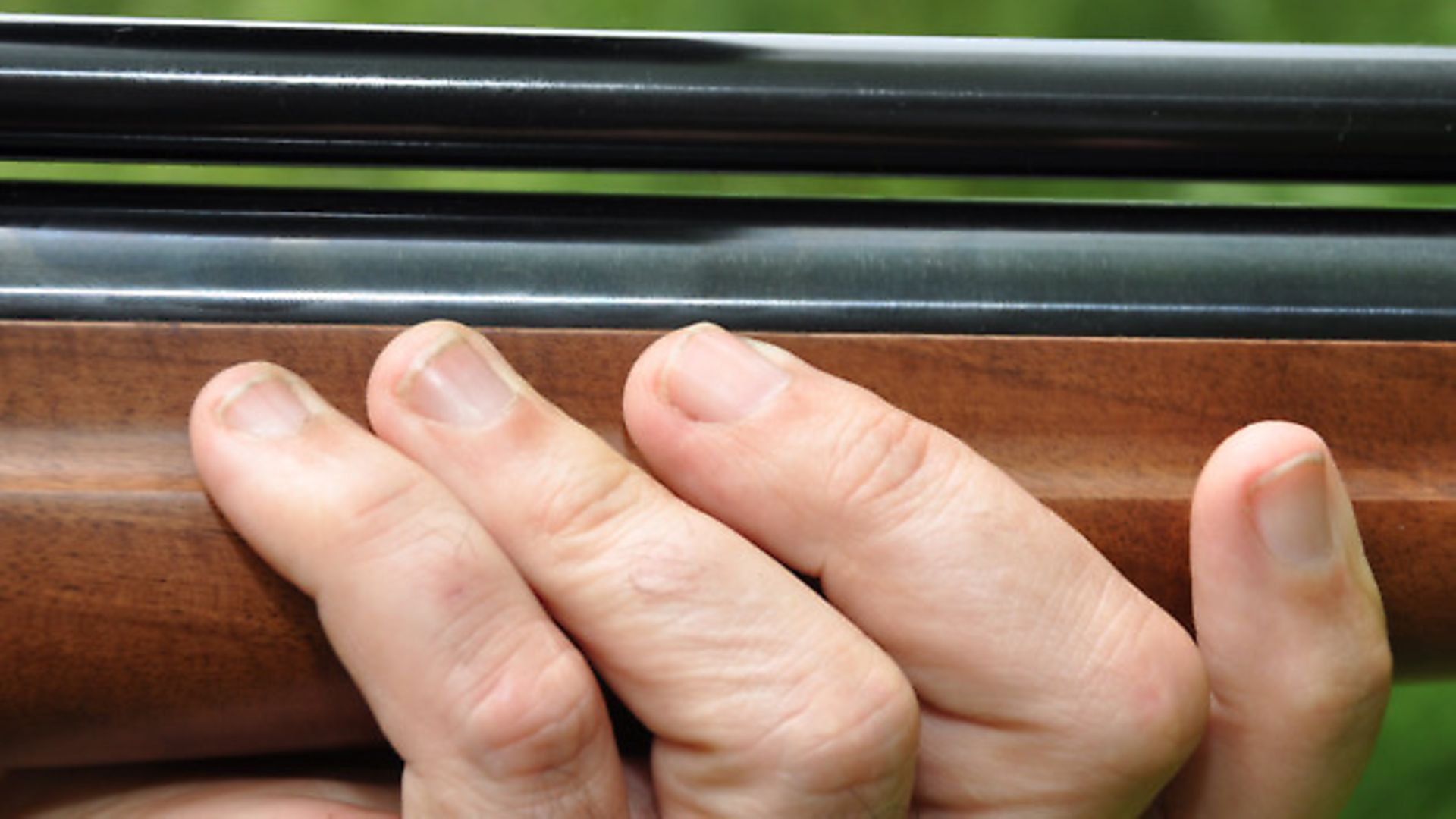 credit: Archant
credit: Archant
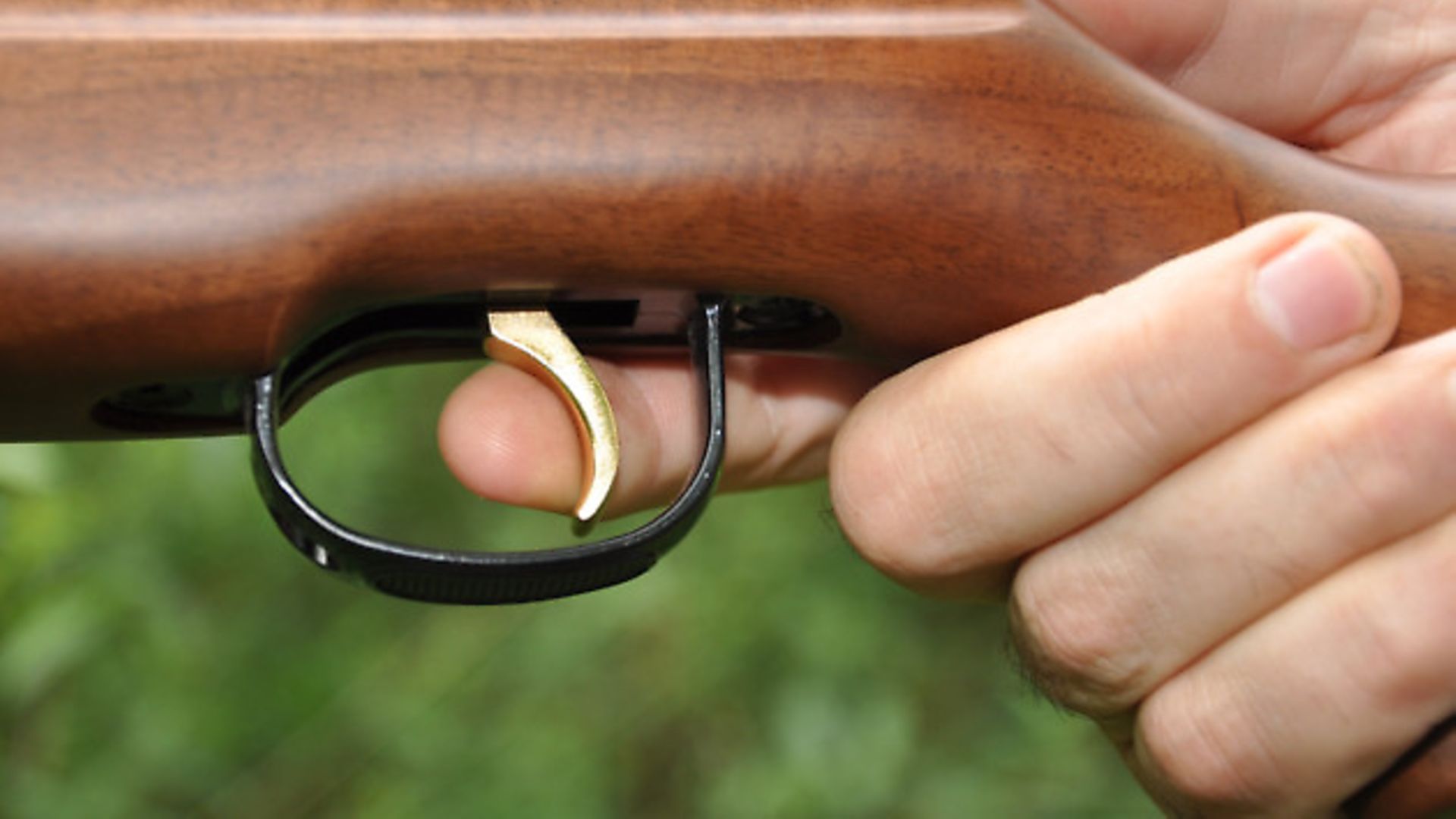 credit: Archant
credit: Archant
New beginnings
 credit: Archant
credit: Archant
Before I do that, of course there’s also the second-hand option, which would work out way less expensive, but I can’t really assess that, because ‘second-hand’ can vary from ‘absolutely mint’ to ‘well-and-truly mullered’, with an equally varying price tag at every stage between. Thus, I’m about to concern myself with the brand-new option, and having tested the Raider 10 and Nikko combination quite a few times previously, I’m fairly confident that I can get top-level performance from it, which is the whole point of the feature, after all.
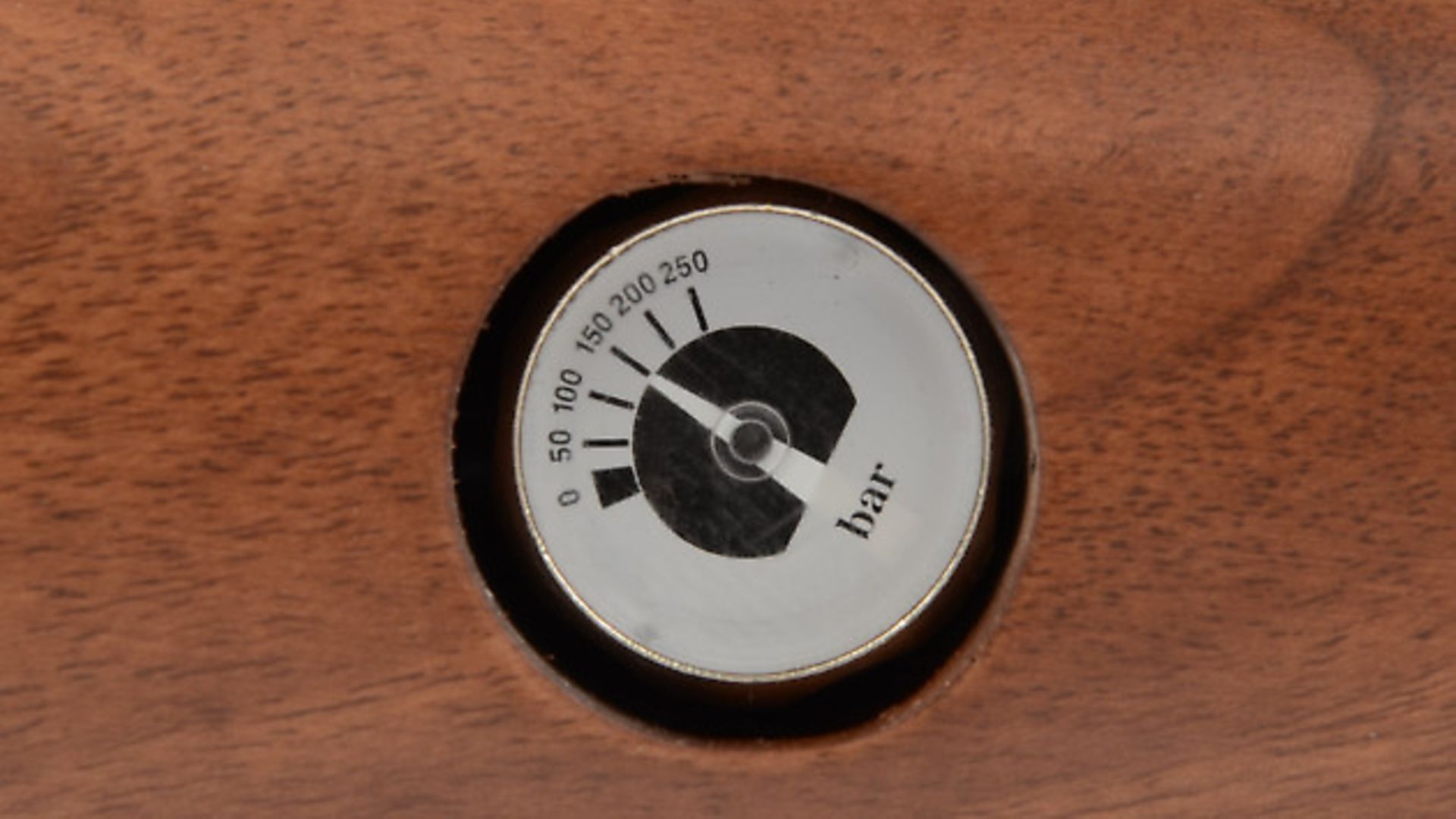 credit: Archant
credit: Archant
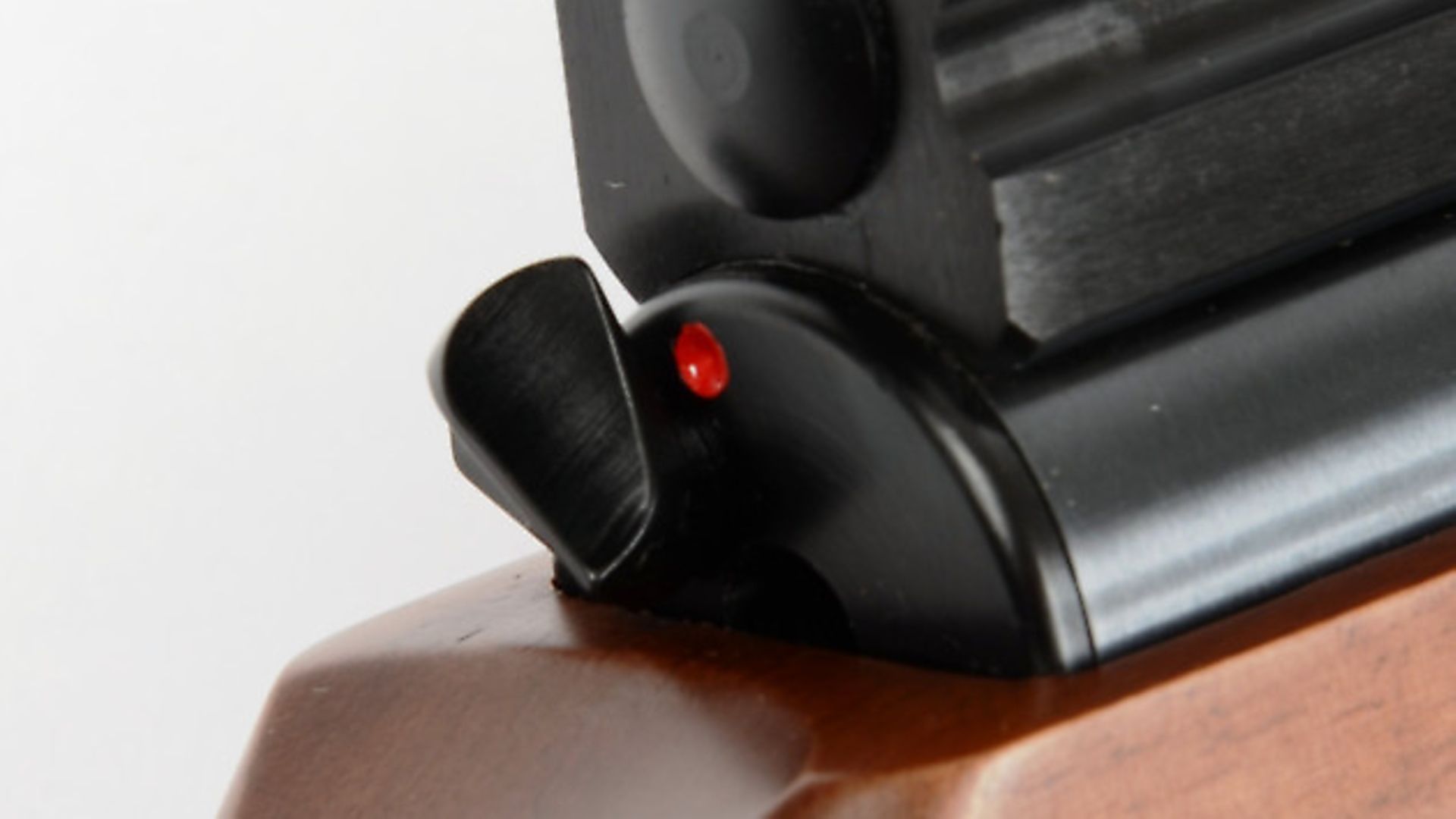 credit: Archant
credit: Archant
The combo in question
Right, let’s study the main subject of my investigation, which is the rifle, and as I do so, I’ll point out the features as they present, while adding what else you’d get from them if they cost more. This way, you can decide whether the money saved is worth the refinement lost. A perfect example of this is a rifle’s trigger system. While some shooters are flat-out trigger freaks, demanding Swiss watch precision from the trigger mechanism while they twiddle and tweak in search of perfection, the vast majority of airgunners shoot their guns as-supplied, and never adjust their triggers. Yet, even those who never adjust a trigger would be extremely reluctant to buy a gun without a trigger-adjustment option, so that’s what the manufacturers produce. The real deal is, how much of this, or any, feature do you really need? Only you can answer that vital question.
What I can do, is to show how well, or otherwise, the airgun and its individual features, performs, plus I can suggest where any shortcomings may be found. The pellets don’t know if they’re launched from a sturdy sporter, or a megabucks target rifle, and if the performance is there, that means it’s available to anyone who can shoot straight. Today’s rifles are generally fitted with quality barrels and reasonably consistent powerplants, and as far as ‘mechanical’ accuracy goes you don’t need much more than that, and most of the rest depends on the vital science of ergonomics, or how you and the rifle get on with each other.
That’s more than enough ado, so let’s study and shoot, in exactly that order.
Overview
The pre-charged pneumatic Webley Raider 10XS retails for £418, and comes with its muzzle ready-threaded to take the supplied QGS silencer. The rifle also comes with a 10-shot, removable, rotary magazine, bolt-action cocking and loading, an adjustable trigger and a sportingly styled ambidextrous stock. Charging takes seconds, thanks to a plug-in probe adaptor, and the charging port has a blanking plug to keep out muck, which is how it should be on all PCPs, regardless of cost.
There’s also an on-board pressure gauge, and possibly the neatest safety-catch on planet airgun, in addition to a standard of metal finish and bluing that wouldn’t be out of place on a rifle costing three times as much. All in all, this is an extremely well made air rifle, with classic sporting lines, a pleasing lack of fussiness, and a performance potential that I’m about to explore.
Before I do that, let’s see where the level of sophistication could be raised, and if any of it matters to you.
First, the butt pad has a nifty whiteline spacer but it isn’t adjustable, and while other manufacturers’ rifles suffer from this, it’s still a negative point. It’s also one of my main gripes about modern air rifles and I’ve bored this readership rigid with my bleats about how adjustable butt pads should be compulsory on all ‘serious’ rifles.
The trigger passes muster, and passes it even more once it’s been correctly adjusted. So, unless you really don’t like the, admittedly slightly over-bling, bright gold finish to the blade, there will be no complaints about this trigger.
No chequering anywhere on the stock will be seen as a negative by most, and rightly so, although there’s all the grip the supporting hand could need available from the full-length finger groove on the top line of the fore end. The grip area could do with some chequering, but I’ve shot a Raider in the pouring rain and I can’t recall it slipping around all over the place. The security of the grip handling is increased by the thumb scoop helping your hand remain comfortably fixed, and the design of the rifle’s safety catch is so good that there’s no need to move the hand to operate it.
I found the Raider’s cheekpiece to be just about right for the scope of choice, although a dustbin lid-sized front lens would jack up the scope’s eyeball beyond my comfort zone. This ‘negative’ point is more than a tad tenuous, considering that only a bonkers person would bolt on a scope much bigger than the one I’ve fitted here, but it takes all sorts I suppose.
On the range
It’s time to shoot the Raider, and here’s where the real potential will be discovered, or found wanting. Again, having tested this rifle several times now, I know what it can do in terms of accuracy, consistency, shot-production and reliability, but the test gun is the very latest version, so any previous data can be updated right now. Here goes.
First, plug in the charging probe, then ‘trickle’ in 190-bar of gradual pressure. Always fill slowly to avoid heat build-up and to ensure your PCP is fully charged. Each full charge of the test rifle returned 58 shots in .177, at a muzzle energy of 11.5 ft.lbs., with a start-to-finish overall variation of 17 f.p.s. I repeated the chrono test five times, and hit the ‘60 good shots’ mark on the final run. A quick check of my notes from previous tests shows an output of 77 shots for the last .22 version I tested, although this was doing 11.2 ft.lbs., not that such a tiny drop in muzzle energy makes the slightest difference in the field, contrary to the belief of far too many airgunners.
Now, when you compare the shots-per-charge return of the Raider 10 to the 100-plus of a high-capacity PCP, it would seem to be severely lacking, but here’s where we reach the very essence of the point I made about what you actually need in the real world of hunting. Stand by for some practical facts, learned through a lifetime of hunting with an air rifle.
You won’t run out
First, in the 25 years I’ve been hunting with a pre-charged pneumatic air rifle, I have never run out of air. Not once, ever, even when I was using old school PCPs that struggled to produce 30 good shots, and high-power, FAC-rated models that used air like a jet engine and gave just 15, full-power shots per fill. I avoided running out of air in two simple ways; first by managing my hunting trips and always being back at my car in time to top up from the air tank I kept in the boot. My second method of ensuring an adequate air supply was even more simple; I very rarely needed more than 20 ‘hunting’ shots. It’s true. On the vast majority of hunts, if you need more than a dozen shots at quarry, you’re in hunting paradise. Over the years, and using every contact I have to the full, I’ve wangled my way into some truly special places, where quarry is abundant and the land is never over-shot. Yet, only one hunt out of ten (in a good season), will see me shoot more than a dozen times per outing, and by then I’ve stalked quite a few miles and I need a rest, so I get back to my car and re-charge myself and my rifle.
Also, have you ever carried 20 rabbits in a rucksack? I have, and I’m here to tell you that hunting isn’t entirely enjoyable with a score of gutted rabbits on your back. So once I’ve shot 10 or so, they get dropped back to the coolbox in the car, where again I could re-charge the rifle if I wanted to. Of course, lamping from a vehicle or a prolific day’s hide shooting can soon deplete your air reserves, but on those trips, the divers’ tank is right alongside me, so re-filling is a matter of a minute.
The whole point of this information exchange is to implant the fact that 60 shots is usually over three times the amount you’ll need, and if you do need more it’s no problem getting a top-up. Get the idea of running short of shots out of your mind right now, OK? Even if you like a plink-about, you can do that once the serious stuff’s finished and you get back to your car.
Accuracy potential
At all realistic hunting ranges, the Webley Raider 10XS will group its shots better than I can shoot under hunting conditions. ‘Under hunting conditions’ means from the standing, kneeling and sitting’ stances, in whatever wind happens to be around at the time. This is a different world entirely compared to clinical accuracy tests off a bench, where I either wait for favourable wind conditions, or shoot indoors where wind isn’t a factor.
The clinical tests are still extremely important, though, because they reveal the absolute accuracy potential of the rifle, without the diminishing effect of the shooter or prevailing conditions.
On this test, I regularly grouped the .177 Raider inside 25mm at 45 yards on the outdoor range, and slightly improved on that result when I took it indoors. My best series of groups, again indoors, averaged 20mm at 40 yards, with a couple slightly smaller than that. This is genuine hunting standard accuracy, and the Raider owner is only a compatible pellet away from potential success in the field.
Picking pellets
I went with the usual suspects as far as pellets were concerned, and Accupell, Daystate Li, Air Arms Field and Crosman Premier, and the Air Arms Field just about pinched it. As ever, do your own tests, and always do them in the wind, too, because some designs handle a breeze better than others. I noticed this when I switched to the indoor tests, although the results weren’t what I expected. I thought the shorter designs would be best in wind, due to them ‘presenting’ less of their profile, but it didn’t work out that way and the Fields took it, albeit by a fraction. Just carry out your own tests, and when you’ve found the pellet you need, buy as many of that batch as you possibly can. Accuracy only works when it’s allied with consistency, and buying pellets in bulk helps that process.
Handling report
The Raider’s stock is pure sporter and one of the best ambidextrous designs I’ve ever seen. When I saw it for the first time, I remarked that the greatest compliment I could pay it, was that it handled like a dedicated stock, rather than the ‘compromise’ required by most ambidextrous models. That statement stands. This is a top quality handle for a rifle of any price, and it does a highly efficient job of helping the shooter get the most from the action. With an all-up weight of 9.7lbs, the combo I tested is extremely stable on aim, and feels at least two pounds lighter than it is. Ideally, and this can be said of many rifles, I’d fit a discreet palm shelf and an adjustable butt pad, but that’s as far as I’d go. Having used the Raider in the field several times, and once in unseasonably cold rain, I wouldn’t even bother with chequering on the grip. This stock, and its effect on the overall handling qualities of the rifle, is a major credit to its designers.
Magazine marks
I’d give the Raider’s auto-load system at least 9/10 for ease of use, reliability and function. The only reason it doesn’t get full marks is the fact that it’s possible to ‘load’ an empty chamber, but otherwise it’s impossible to fault. You can’t load a magazine the wrong way round, the mag’ itself is easy to handle, you get two mags with the rifle and extra magazines cost just £25.
Loading is a very simple matter of pushing pellets into the ‘grooved’ side of the magazine, where they’re held by a soft rubber band. The groove itself keeps the pellets’ skirts away from the action face, and prevents damage, and all you need do is make sure that the heads of the pellets don’t protrude from the flat face of the mag’. So simple. Once all ten chambers are filled, the rifle is cocked and the bolt locked in its rear ‘keeper’ slot. The spring-loaded magazine retention pin is then pushed forward and the magazine inserted in its slot on the right-hand side of the action. Allow the retention pin to move back into its ‘closed’ position to fix the magazine, and lift, then push forward, the cocking bolt to load a pellet. The rifle is now ready to fire, and each subsequent shot is simply a matter of fully pulling back the bolt, then pushing it forward to seal the breech. This action is a little ‘notchy’ and requires more effort than cycling a Daystate, Air Arms or BSA multi-shot action, but I can still have a shot ready to go in under a second, without taking my eye from the scope. This system works, it’s robust, easy to use and practical. Yet again, anything else is refinement on a theme and only you can decide how much those refinements mean in your world.
Verdict
It’s entirely possible to shoot to a high standard on a reasonable budget, especially if you build your hardware around a rifle as good as the Raider 10XS. In terms of what really matters in the hunting field, I’m convinced that you’ll need to spend a whole load more than £556.86 to get a combination that significantly outshoots this one. If you’re in the market for an affordable hunting outfit that will match your ability shot-for-shot - this really could be all the hardware you’re looking for.